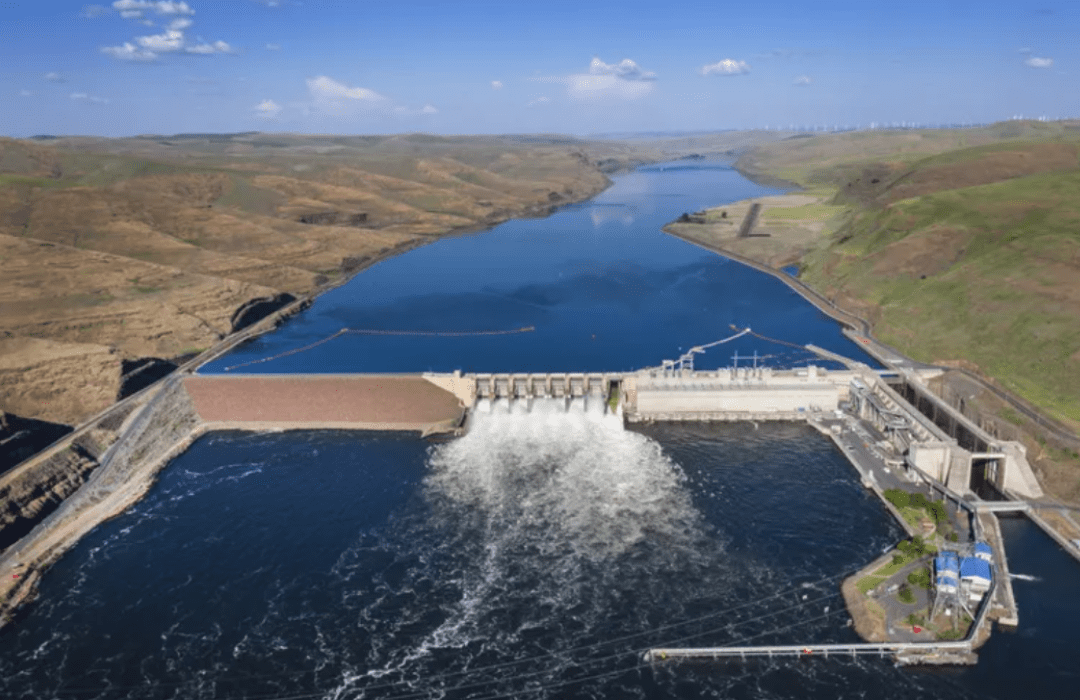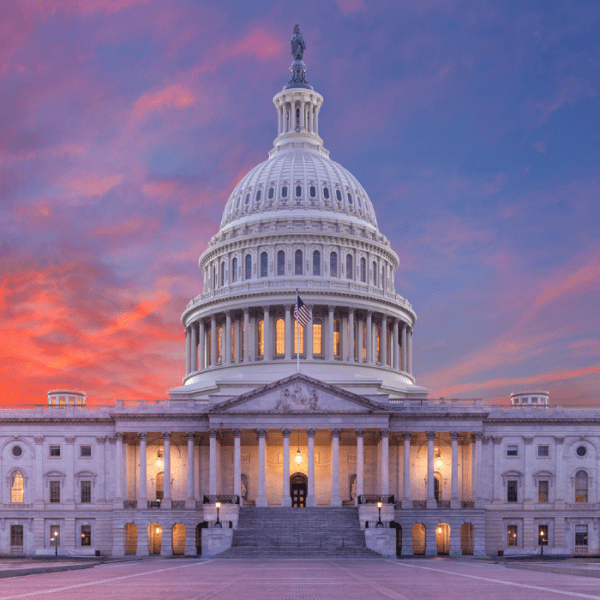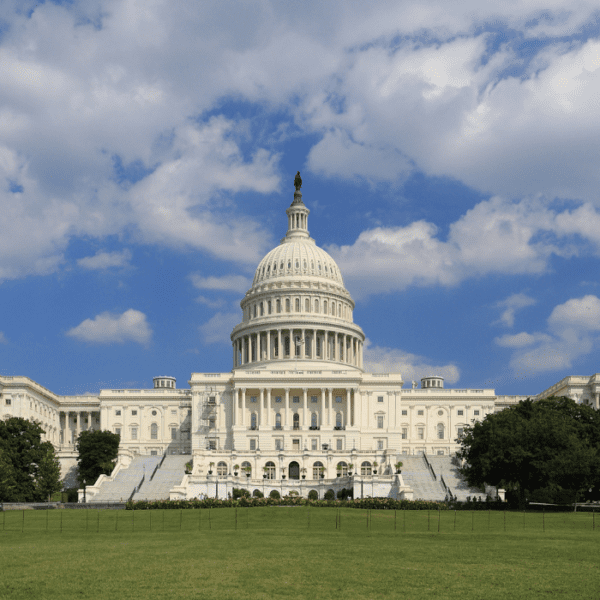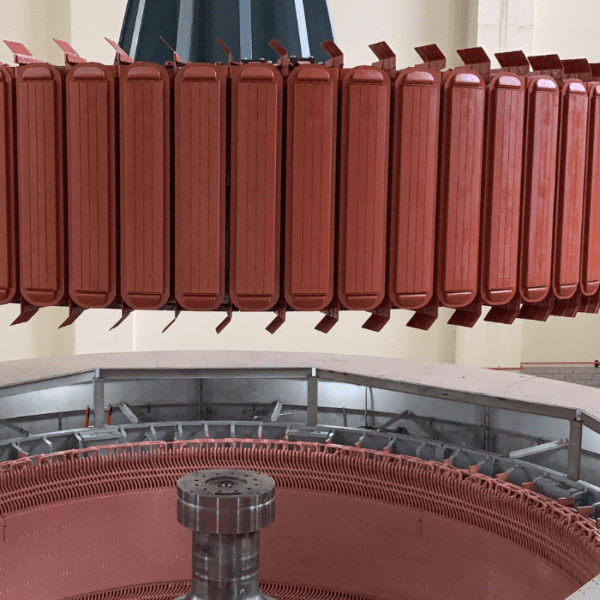Imagine the following scenario: Backed by a review of existing “analysis” and stakeholder input, a senior U.S. Senator from the Pacific Northwest introduces legislation to remove 3,000 MW of productive, cost-effective, zero-carbon, dispatchable hydropower capacity during the middle of a climate crisis, worldwide energy shortages, and soaring retail electricity prices.
Set aside for a moment that these dams and the affordable and reliable power they generate are important well beyond the borders of the Pacific Northwest—our dams literally kept the lights on for California this summer. But, given what we know about the anti-hydro activism, this legislation would certainly have negative implications for the future of the hydropower industry. How could it not? If passed by Congress, it would be a clear symbol that hydropower is part of the past, not part of the clean energy future.
Such a scenario became a distinct possibility when U.S. Senator Patty Murray (D – WA) announced her decision to examine the possibility of removing the Lower Snake River dams nearly a year ago. Senator Murray, along with Governor Jay Inslee (D – WA) embarked on a “Joint Federal – State Process” to determine if the benefits provided by the dams could be replaced.
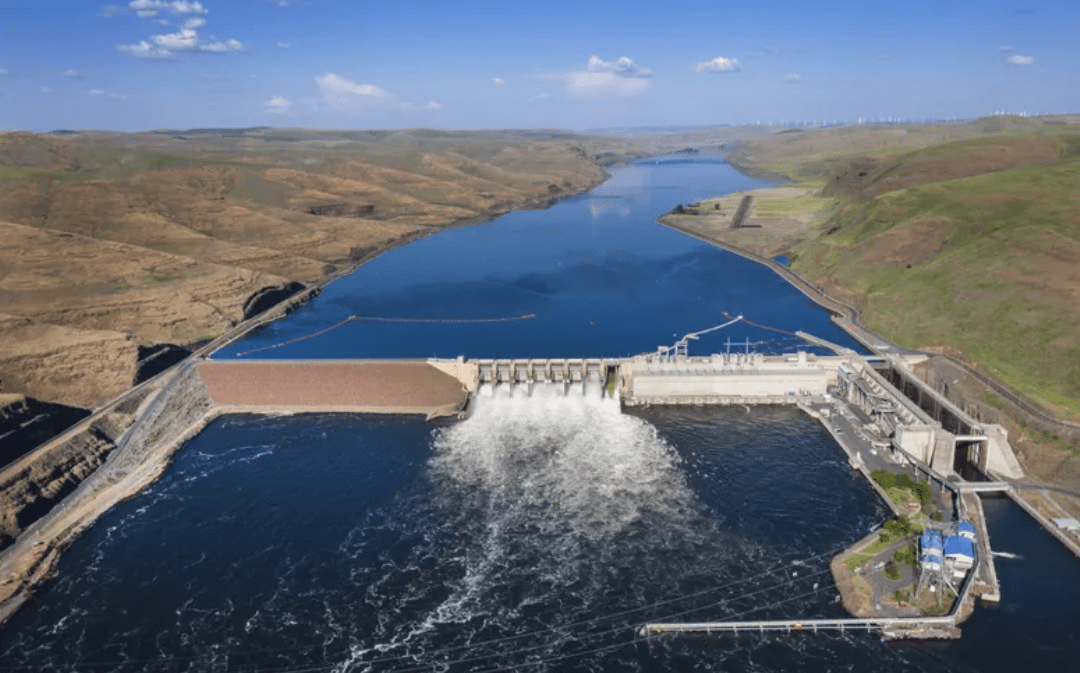
PRO-HYDROPOWER ADVOCACY
In response, we approached our members to back a data-informed public affairs campaign in support of the Lower Snake River dams. This was not an easy ask. Most of our members are community-owned power utilities. Their ratepayers, many of them in rural, less affluent communities, are feeling the brunt of rising inflation, rents, and food costs. But across the Pacific Northwest directly-elected public power boards, from the Pacific Coast to the Continental Divide, agreed they had to act. They understood how important these dams are to the region’s decarbonization efforts, to preserving grid reliability, and to keeping costs electricity costs affordable for their vulnerable communities.
The amount Northwest RiverPartners raised was consequential—slightly over $3 million. Most of our money was invested in a paid media effort consisting of primarily of TV and digital ads that ran May – August across Washington state and the Portland metropolitan area. We also added podcast/radio advertising, media sponsorships and billboards.
Our ads (Local Voices, Agriculture, Climate Change) focused on the criticality of the dams to issues that communities really care about:
- Climate change
- Affordability
- Irrigation for farming (which the dams enable)
- Grid reliability/public safety
We had a field team deployed across four states to help us build a coalition network of allied thought leaders, stakeholders and policymakers who were willing to go on record in support of the dams. We placed an emphasis on educating and engaging organized labor in Washington state, which is a very important voice for energy infrastructure.
We used new tools to grow our grassroots presence by tenfold, which gave us the ability to organize our own write-in campaigns to Senator Murray and Governor Inslee.
Finally, we commissioned our own power supply replacement study that showed exactly how important the Lower Snake River dams are given existing grid decarbonization laws. The power cost modeling showed it would take 15 GW of new wind/solar/batteries at a cost of $15 billion, on a net present value basis, to replace the productivity of the Lower Snake River dams.
Perhaps more importantly, the study showed that our region is likely decades behind in reaching a zero-carbon grid, even with the huge head start we have thanks to our hydropower resources. Losing the Lower Snake River dams would add years more to the likely delay and millions of metric tons of CO2 emissions to the atmosphere.
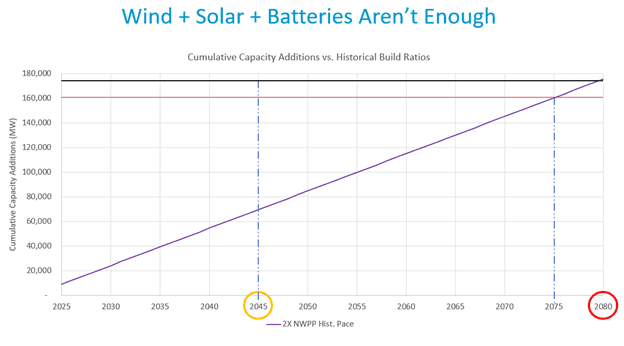
The chart above shows that despite laws requiring much of the Western Grid to be fully decarbonized by 2045, we won’t likely achieve that goal until 2075 with the Lower Snake River dams in place. If the Lower Snake River dams are removed, that timeline shifts back to 2080. For a more detailed explanation, see the full study here: Lower Snake River Dams Power Supply Replacement Analysis by Energy GPS LLC
DECISION TIME
In August, Senator Murray & Governor Inslee released their formal recommendations for the Lower Snake River dams. In what felt like the first victory for dam supporters in a long time, they recognized the importance of the Lower Snake River dams and said the dams cannot come out until the region has adequate infrastructure to replace the benefits.
The outcome and other evidence suggest that efforts had an impact. Perhaps most importantly, we worked to ensure the math, costs, and risks associated with removal were well understood, both broadly by the public as well as decision makers.
We still have miles to go before we sleep to protect the Lower Snake River dams. Currently the White House Council on Environmental Quality (CEQ) is leading an effort that has the Biden Administration in talks with plaintiff groups over Lower Snake River dams removal. But the Lower Snake River dams are congressionally authorized, and it would require an act of Congress to remove them, so the position Senator Murray articulated in her recommendations document is particularly important in this context.
Here’s the bottom line, though: Advocacy matters. To be successful, we have to do it at scale. When I started this job almost four years ago, my board chair encouraged me to not think about just the cost side of the ledger, but also the benefits side. It was an important lesson.
The other important lesson is it takes partnership. We are truly grateful to our members for recognizing the seriousness of the situation and providing the financial support necessary to allow us to make their customers voices heard in a meaningful way.
If we had just kept to our regular budget, we would never have been able to run a successful campaign to save the Lower Snake River dams—a campaign that may have also helped save hydropower in 2022.




